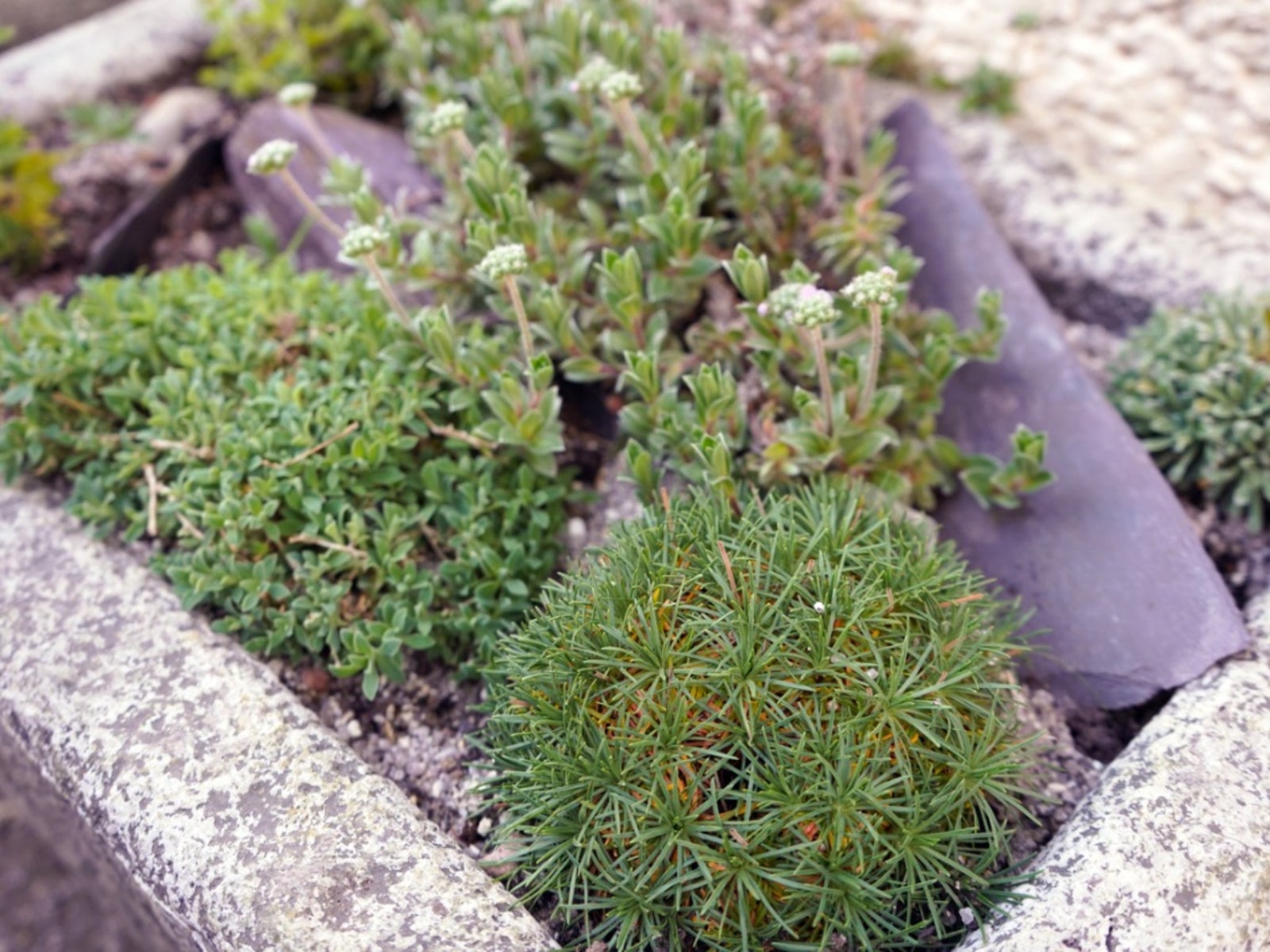Growing Alpine Plants: How To Use Alpine Garden Plants


Growing alpine plants is a great way to fill those difficult areas in the landscape with unusual foliage and interesting blooms. Alpine garden plants are native to the mountainous regions of New Zealand and other high-altitude areas of the Northern Hemisphere. These plants are adaptable to various areas of the U.S. where other garden plants cannot successfully grow, such as rock gardens. Alpine plant info says alpine plant adaptations make them the perfect specimen for areas where temperatures rapidly change from cold to sizzling hot, where strong winds disrupt other plant life, and where the soil is poor and cannot easily be amended. Most alpine garden plants need moist soil to flourish but tolerate periods of drought once established. When established, these plants have a deep, supportive root system.
Growing Alpine Plants
Alpine plant adaptations allow gardeners with rocky soil to add color and form in the landscape. Accustomed to life between the tree line and the snow line, or where volcanic activity is the norm, alpine garden plants have adapted to harsh conditions. As a result, they're often low to the ground, many with wiry stems and tough enough to handle drought, freezing temps, and ice. If this describes your garden conditions, think of adding alpine plants to your landscape. Wide varieties are available: flowers, shrubs, grasses, and trees. Create an entire display by growing alpine plants in a rocky or wooded area. Around 200 different plants of this type are found in the above-mentioned areas, according to alpine plant info. Alpine plants are pollinated by flies, beetles, and moths. Alpine plant info indicates that alpine garden plants require little care once established in the landscape. This info about alpine plants says their ground-hugging tendency is a protective mechanism, as is their small size and deep root system.
Alpine Plants in the Landscape
Alpine plant info describes flowering plants with spring and summer blooms. Mountain daisies, buttercups, alpine phacelia, and terrestrial orchids are excellent alpine plants for tough growing areas. Alpine eyebright, Euphrasia officinalis, blooms with colorful flowers from July to September. Trailing along the ground, grow this with other alpine plants such as alpine phacelia and native terrestrial alpine orchids for a showy garden display. Other alpine garden plants include edelweiss, some hebes, and an interesting specimen called vegetable sheep. Raoulia rubra is a type of cushion plant that grows as an alpine plant adaptation that holds water like a sponge. Following is a sampling of some commonly known alpine plants to consider growing in the challenging garden area:
- Coprosmas
- Turpentine shrub
- Mountain toatoa
- Sundew
- Tussock grasses
- Campanula
- Dianthus
- Alpine aster
- Japanese poppy
Gardening tips, videos, info and more delivered right to your inbox!
Sign up for the Gardening Know How newsletter today and receive a free copy of our e-book "How to Grow Delicious Tomatoes".

Becca Badgett was a regular contributor to Gardening Know How for ten years. Co-author of the book How to Grow an EMERGENCY Garden, Becca specializes in succulent and cactus gardening.
-
 Try The Trend – Turn Any Bed Into A Keyhole Garden With This Clever In-Ground Composter
Try The Trend – Turn Any Bed Into A Keyhole Garden With This Clever In-Ground ComposterKeyhole gardening is an efficient and sustainable practice that saves space. Get started on this DIY project quickly and easily with an in-ground composter.
By Bonnie L. Grant
-
 4 Superfast Composting Methods: Turn Waste Into Garden Gold In 30 Days Or Less
4 Superfast Composting Methods: Turn Waste Into Garden Gold In 30 Days Or LessTry the fastest composting methods to turbocharge your pile and transform kitchen scraps and garden waste into finished compost in just a few weeks.
By Mary Ellen Ellis